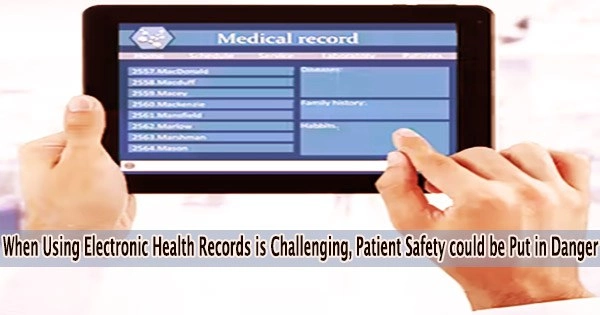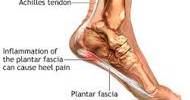According to recent research, difficult-to-use hospital electronic health records (EHRs) are less likely to identify medical mistakes that could endanger patients.
Alerts, reminders, and clinical recommendations appear as doctors browse EHR systems to help decision-making. However, a frequent criticism is that these notifications are more annoying than useful.
According to the latest study, these issues could indicate that built-in safety devices also have poor design. Researchers discovered that EHR systems that were assessed as being challenging to use scored poorly in safety testing.
“Poor usability of EHRs is the number one complaint of doctors, nurses, pharmacists, and most health care professionals,” says David Classen, M.D., the stu ”This correlates with poor performance in terms of safety.”
Classen likens the situation to the software problems that led to two deadly Boeing 737 MAX airplane crashes in 2018 and 2019. In both cases, pilots struggling to use the system foretold deeper safety issues.
“Our findings suggest that we need to improve EHR systems to make them both easier to use and safer,” Classen says. He collaborated on the study with senior author David Bates, M.D., at Brigham and Women’s Hospital and Harvard T.H. Chan School of Public Health, and scientists at University of California San Diego Health; KLAS Enterprises, LLC; and University of California, San Francisco.
The research appears in the September 11, 2023, issue of JAMA Network Open.
Hospitals and health systems have spent more than $100 billion on EHRs over the last decade, and most believe that these systems are completely safe and usable but that is not necessarily the case. Hospitals should annually perform a safety check on their system to assure it is safe.
David Classen
Experts calculate that hospital-related medical errors cause up to 400,000 injuries annually. The widespread use of EHRs was expected to reduce the issue, according to medical professionals.
But research published by Classen, Bates and colleagues in 2020 showed that EHRs failed to reliably detect medical errors that could harm patients, including dangerous drug interactions. Additional reports have indicated that poorly designed EHRs could be a contributing factor.
To investigate further, the research team studied EHR systems in 112 U.S. hospitals. They contrasted the findings of an EHR safety evaluation instrument with the findings of a survey on the use of EHRs that 5,689 doctors completed. The Leapfrog CPOE EHR safety test looks at how well alert systems are triggered by drug prescriptions that might harm a patient.
The study found that user experience strongly correlated with EHR safety. When users rated EHRs poorly, they said the systems were difficult to operate, hard to learn, slow, or inefficient.
When physicians had those issues, those EHR systems were less likely to alert to dangerous pharmaceutical errors like overdosing, duplicate orders, drug interactions, and drug allergies in patients.
One explanation behind the link is a lack of quality control, Classen explains. Individual hospitals alter the EHR’s functionality to suit their own requirements. Some of these adjustments might compromise safety. In addition, despite the prevalence of EHR systems, there are currently no guidelines for use and safety.
“Hospitals and health systems have spent more than $100 billion on EHRs over the last decade, and most believe that these systems are completely safe and usable but that is not necessarily the case,” Classen says. “Hospitals should annually perform a safety check on their system to assure it is safe.”
“Improving EHR systems in the long term may need a different approach,” Classen explains. To optimize EHR software for user satisfaction, safety performance, and ultimately to reduce medical errors, a similar collaborative effort with EHR vendors, hospitals, and clinicians may be required. This is similar to how the Federal Aviation Administration, airline manufacturers, and airlines jointly monitor and improve airline software.
















